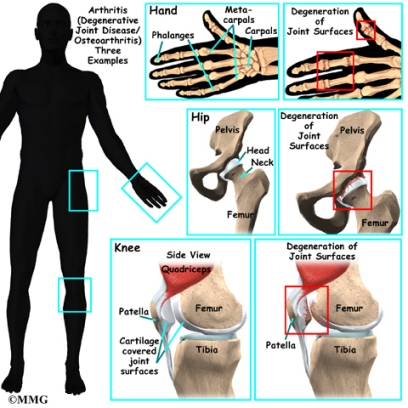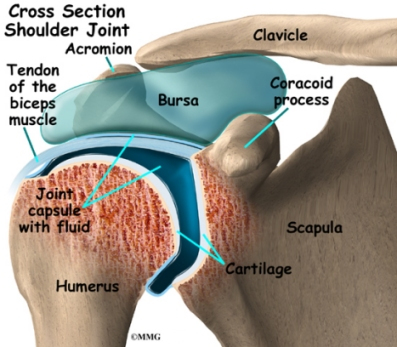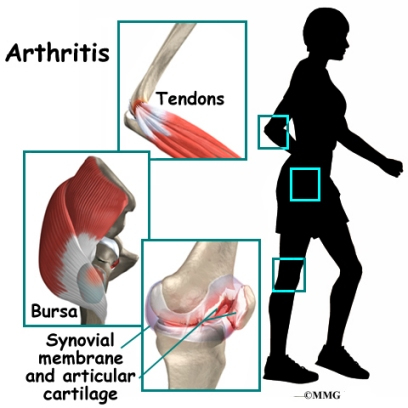Arthritis means inflammation of the joints. Inflammation generally includes symptoms of redness, heat, swelling, and pain. Many different diseases can result in inflammation of the joints. Arthritis is therefore a general term that describes more than one hundred different diseases of the joints of your body.
In some types of arthritis, the cause of the disease is known, but in others it is still unknown. Some types of arthritis come on suddenly, and others develop slowly. Any joint can be affected, including your knees, hips, neck, shoulders, and fingers.

The diseases that cause arthritis can also attack muscle and connective tissue around joints. Some diseases may even damage other organs of the body, such as the kidneys, intestines, and heart. Because the diseases inflame the joints, most arthritic conditions and related diseases involve chronic (long-term) pain. Over time, they may cause increasing damage to the joints or soft tissues of your body.
Your joints are beautifully designed to minimize stress and damage while you move. Nearly all joints of the body are synovial joints. Most synovial joints occur where two bones come together and must rub against one another to allow motion. Smooth, slick articular cartilage covers the end of the bones so they don't rub together. Synovial fluid lubricates the joint. Around the joint, connective tissue forms a watertight sack that is called the joint capsule. Small, fluid-filled sacks, called bursae, cushion parts of the joint. Ligaments connect the bones together and tendons connect the muscles to bones. A problem with any one of these parts can lead to joint pain and inflammation--arthritis.

Many people of all ages suffer from arthritis. It is estimated that forty million Americans--that's one in seven of us--have arthritis. Almost two-thirds of arthritis patients are women, but for some types of arthritis most sufferers are men.

Arthritis and related diseases are often painful to live with and difficult to treat. But your doctor can help you find treatment and pain management strategies that work for you. The method of treatment will vary depending on the specific disease.











